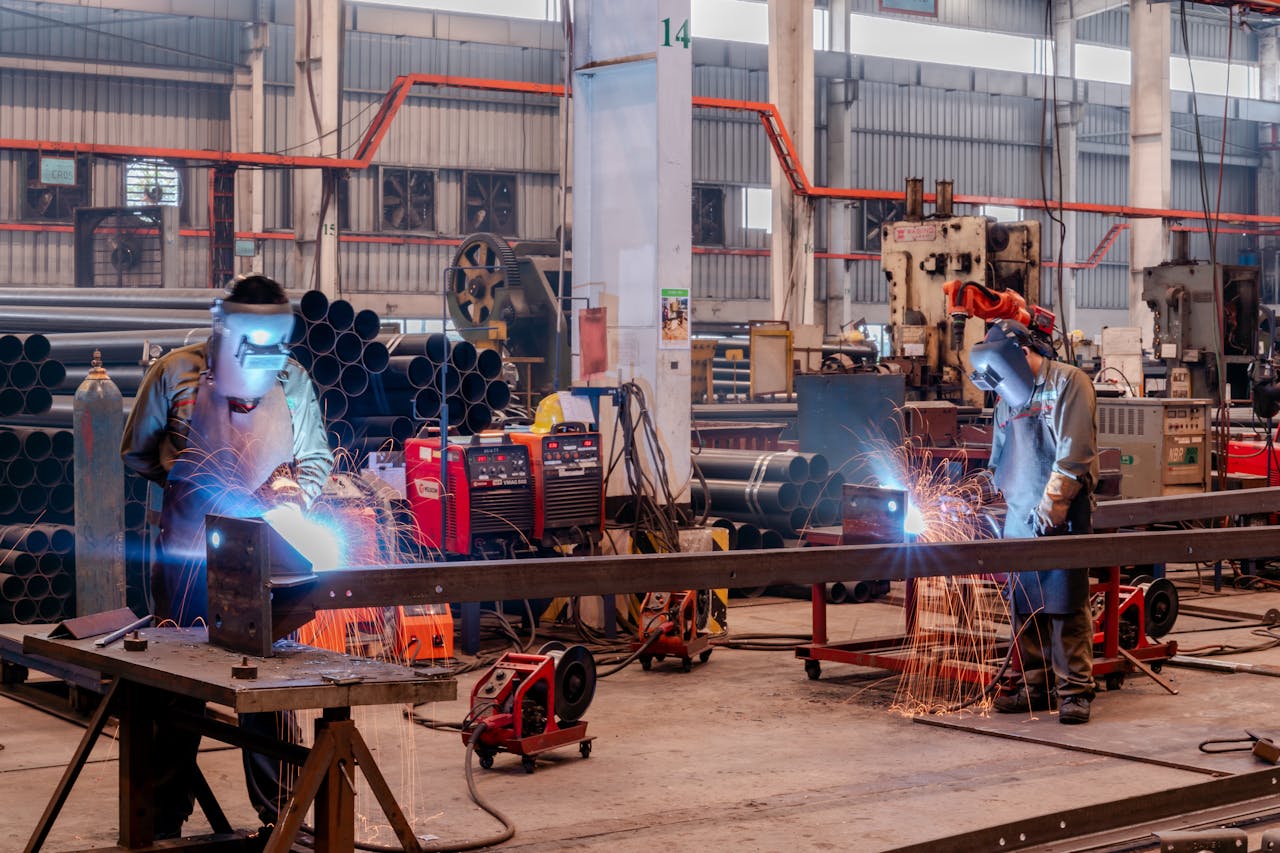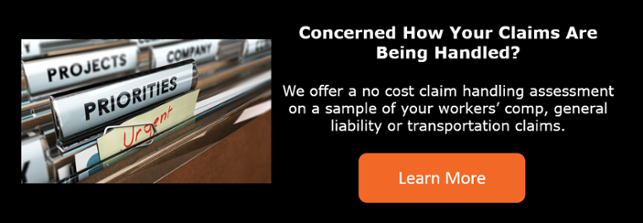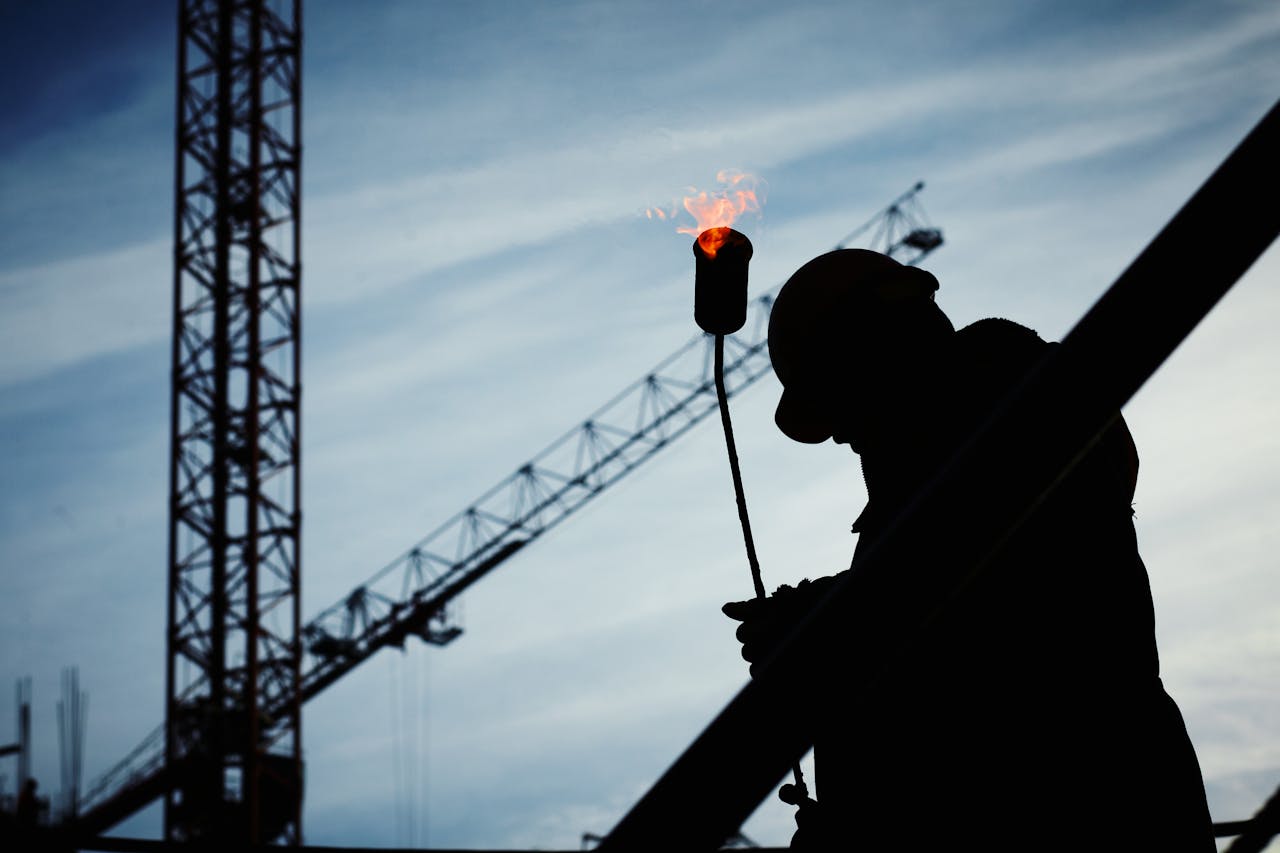
3 Best Practices for Identifying Risk Transfer and Subro Potential

When an employee gets injured on the job, it’s not always clear who is responsible. There can be many parties involved in a claim, the employee, the insured, a manufacturer, a subcontractor and even a sub-subcontractor. An effective claim handling investigation involves identifying risk transfer and subrogation opportunities where another party may be at fault.
A slip and fall claim can usually be straightforward. A claim involving machinery can be a little more complex. An accident involving a contractor, subcontractor and sub-subcontractor can be even more complicated. It’s the adjuster’s responsibility to do their due-diligence to determine what parties were involved in the accident and if any machinery or other work tools were involved.
Risk Transfer and Subrogation
Risk transfer can play a key role in adjudicating a workers’ comp or auto claim. In the case of an accident involving machinery, if the machine was defective, the manufacturer could be at fault for some percentage of the claim. If it was recently serviced or adjusted, identify who made the adjustments and if they were done correctly.
There have been stories in the news about cars being recalled due to a faulty mechanism, causing accidents, and in some situations, even death of the driver or passengers. Even auto accidents need to be investigated to determine who is at fault, and to rule out defects from the auto manufacturer.
Subrogation is starting to play a more important role in the claim handling process. Did you know that approximately 15% of all claims are closed with a missed subrogation opportunity?
Yes, it’s important to get the employee healthy and back to work, but did you ever adjudicate a claim and then wonder if you missed an opportunity for subrogation? That’s why it’s important to do your research and uncover any potential for subrogation.
Best Practices for Identifying Risk Transfer and Subrogation Potential
There are three best practices we follow in the claim handling process for workers’ compensation and auto accidents. Gathering this information early in the investigation is key.
Let’s use the example of Jason who is a machinist working in the tool and die industry. His company hired a third party to perform routine maintenance on a machine that creates custom molds.
After the completion of some routine maintenance, the third party didn’t reinstall the safety guard properly. As Jason was working on the machine, his arm got caught in the mold, causing extensive injuries to his hand, wrist, and elbow.
After a thorough investigation into the accident, it was determined that the third party was responsible for not replacing the safety guard properly. Subrogation was identified early on, and we were able to recover a large percentage of the cost of the claim.
Step #1 - Identification
In the initial investigation, all parties involved, including witnesses should be interviewed, and statements should be documented. If the claim involved machinery, determine when maintenance was performed on it last. Was a safety guard removed during maintenance or by an employee? Did the machinist follow all the safety steps laid out by the employer? Was training provided by the manufacturer of the machine?
During our investigation, it was determined the safety guard was damaged during the routine maintenance, making it impossible to reinstall correctly.
For auto accidents, it is essential to determine who is at fault or what caused the accident. Obtaining a police report can help us determine this, however, our own investigation including statements from all parties involved, should be completed. Sometimes this requires an accident reconstruction expert. Subrogation is common in these types of claims.
Step #2 - Protection
 Once all the information is gathered, it’s critical to protect it. Photos are key; they should be dated and preserved as well. In the accident involving the faulty safety guard, it was replaced so the machine could be used after photographs were taken of the machine and the faulty safety guard was stored in a secure location. If someone were to “lose” the damaged safety guard, our evidence would have been gone. Since the accident involved machinery, we couldn’t tie it up indefinitely, so it was inspected, and a report was written before it was put back to use.
Once all the information is gathered, it’s critical to protect it. Photos are key; they should be dated and preserved as well. In the accident involving the faulty safety guard, it was replaced so the machine could be used after photographs were taken of the machine and the faulty safety guard was stored in a secure location. If someone were to “lose” the damaged safety guard, our evidence would have been gone. Since the accident involved machinery, we couldn’t tie it up indefinitely, so it was inspected, and a report was written before it was put back to use.
Step #3 - Notification
If any parties are being investigated who could potentially be at fault, they should be put on notice. The proper form of notification is always in writing. Depending upon how long ago the maintenance was done on the machine, or when the accident occurred, there may be a statute of limitations.
We notified the third party maintenance company immediately after our investigation and report were both complete.
Positive and Negative Impact to the Bottom Line
Everyone would like a positive outcome to their claim. Subrogation can help you obtain it. We have identified subrogation opportunities where 80% of the cost of the claim was recovered. If it’s determined that an employee was at fault for their workplace injury, some states allow for their compensation to be decreased. For example, the state of Wisconsin allows for up to a 15% decrease in compensation if it’s discovered that the employee didn’t use the safety device properly.
On the other hand, if it’s discovered that the employer is at fault for the worker’s injury, Wisconsin allows for an increase of 15% to the employee. Just as identifying subrogation can result in a positive impact to the bottom line, the failure to identify subrogation opportunities can have a negative impact. As noted above, 15% of all closed claims missed subrogation opportunities. How will your claims stack up to this statistic?
Conclusion
As always, it’s better to take the necessary steps and training to avoid risk. However, when an accident does occur, and an employee gets injured, your adjuster should be doing the necessary investigation to identify where the fault lies, document and protect any evidence, and notify the appropriate parties involved. These basic steps in the claim handling process will help you to identify risk transfer and subrogation opportunities.


